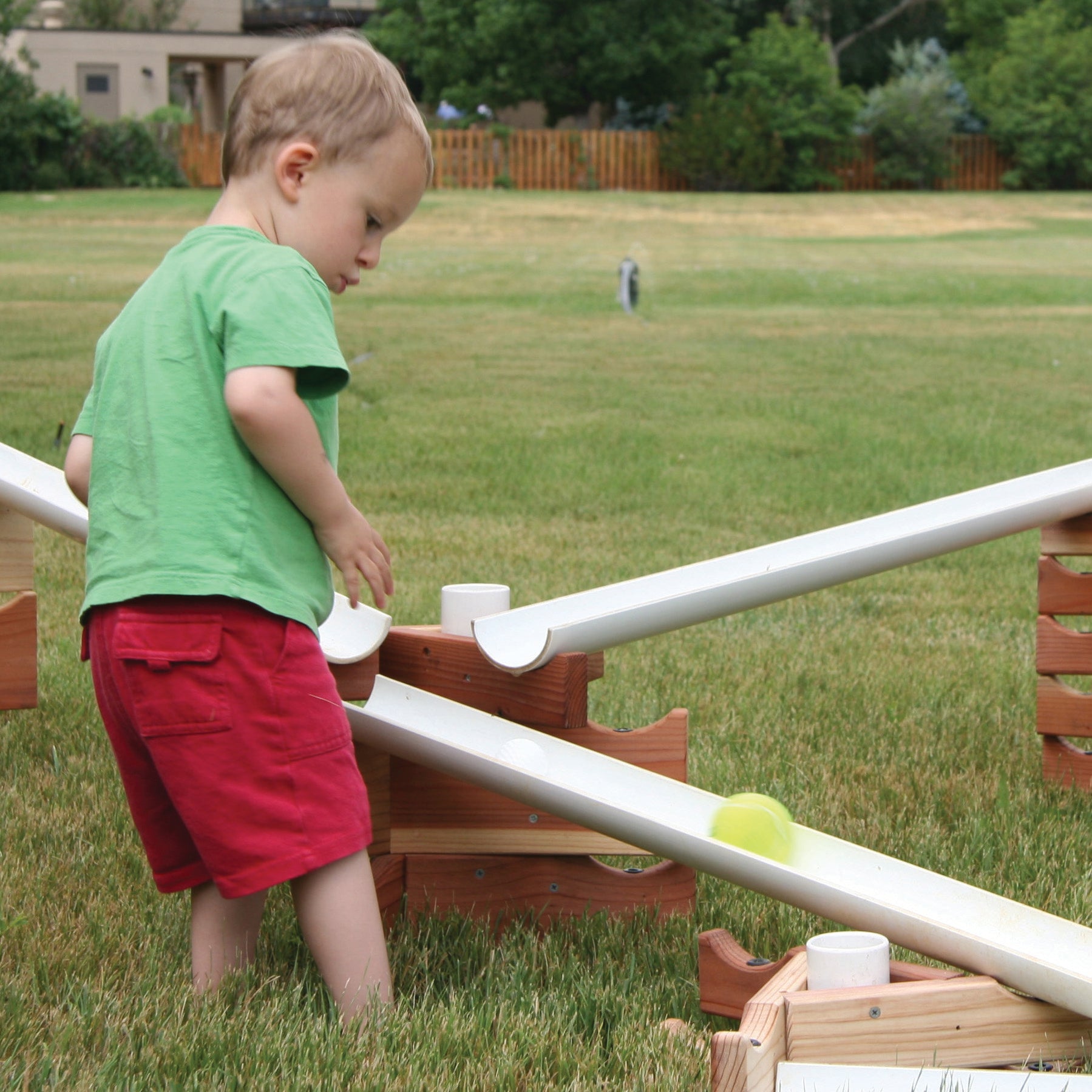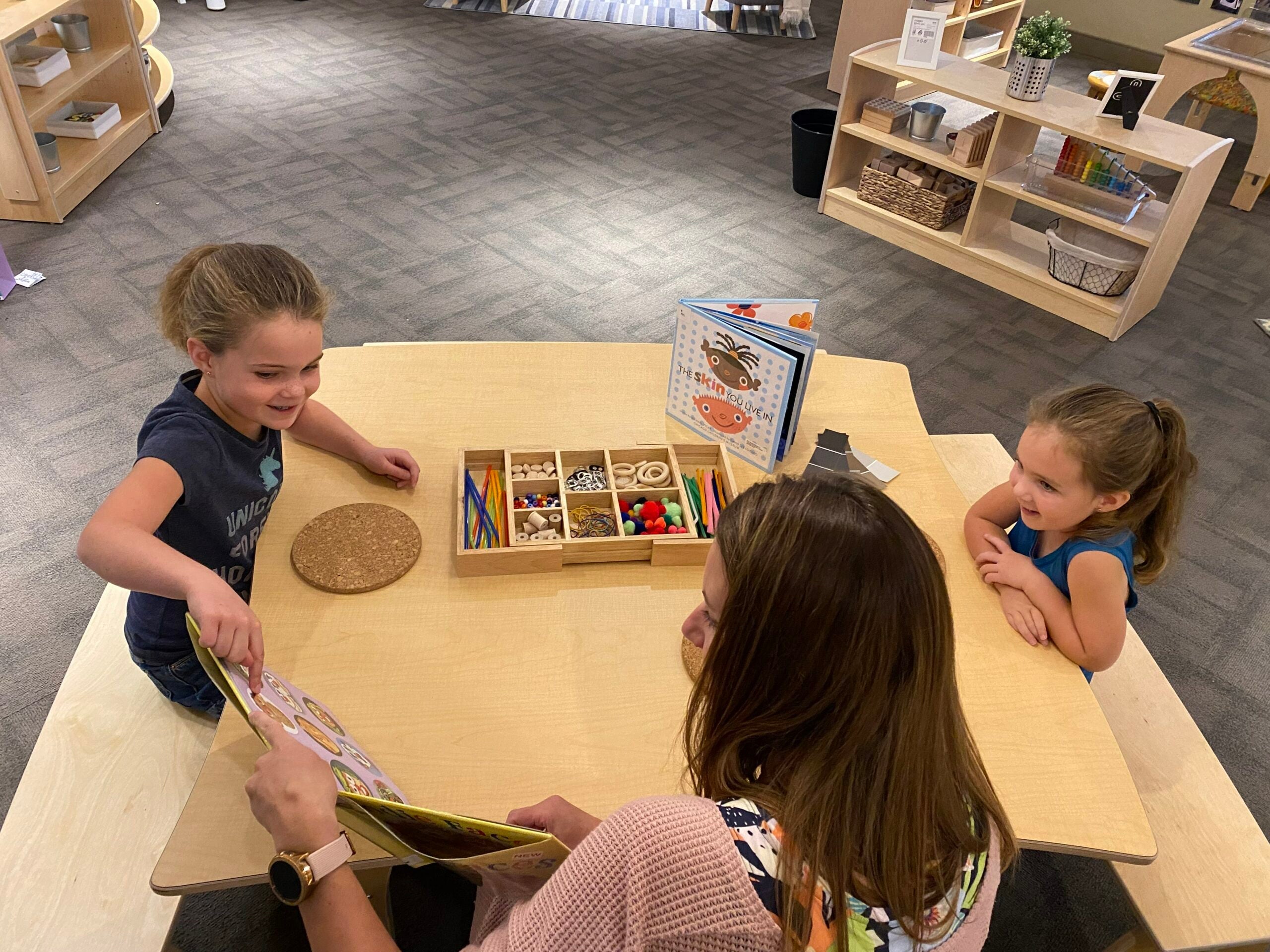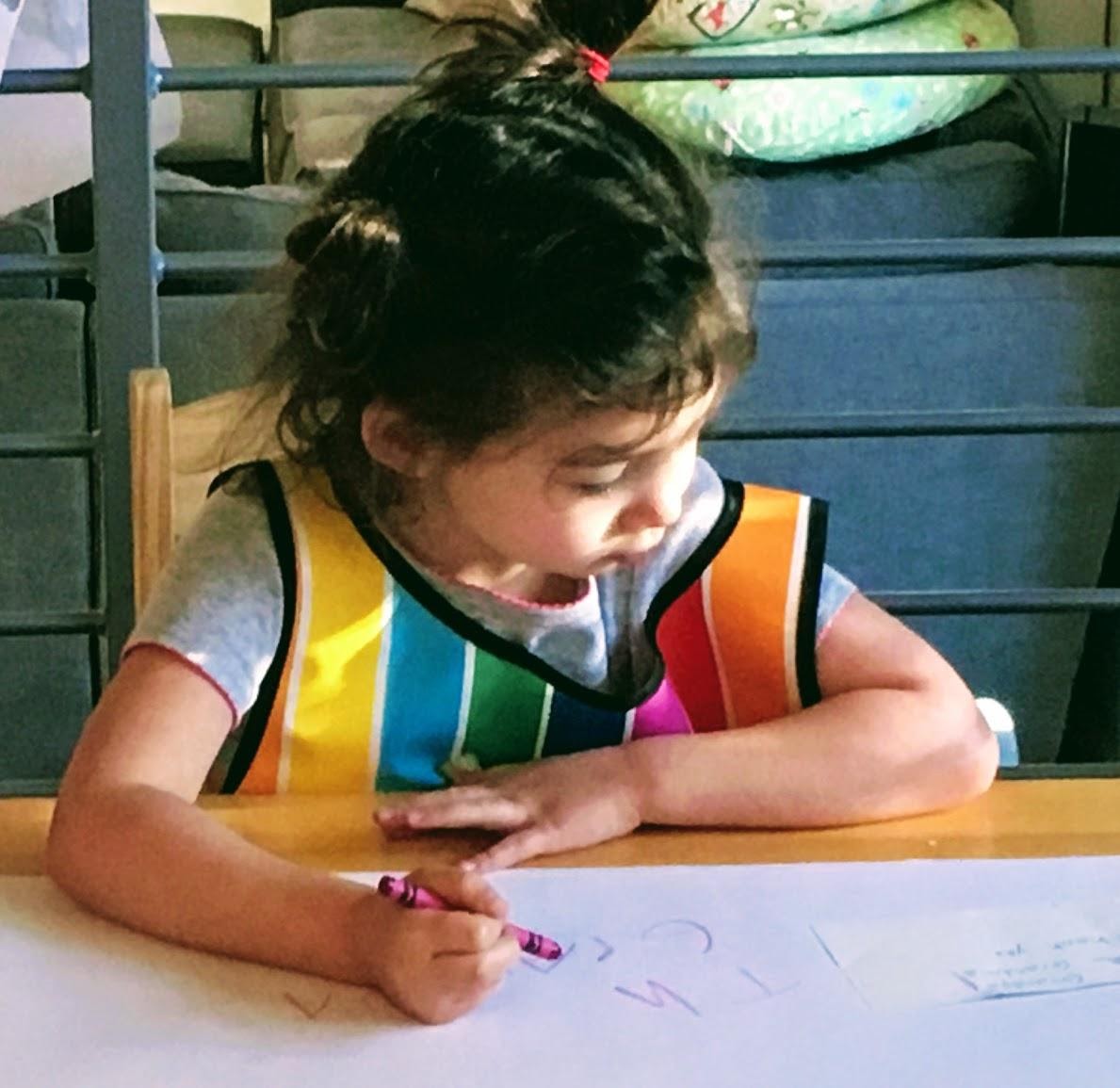Goal for Adults: Introduce the concept of friction and how it affects motion
Goal for Children: Gain hands-on experience with the concept of friction
Directions for Facilitation:
- Introduce the term, friction, to the children, adjusting language to suit their age. Use literature to reinforce the concept. (see Teaching Tips and Children’s Book Recommendations below)
- Provide pieces of varying textured materials for children to use, such as printer paper, wax paper, sand paper, or other materials that have different textures. Cover the planks with these.
- Teams of children take turns sliding blocks down the texture-covered planks. Lift one end of the plank to test how the blocks slide. Notice how different materials will start sliding at different angles, and how their sliding speeds might differ from each other.
- For additional exploration, cover the surface of some (but not all) of the blocks with the textured materials. Take turns testing how these differently textured blocks react on differently textured surfaces.
- Compare how the various materials affected the block's motion, and discuss how to identify when there is more or less friction.
- Planks: For example, Kodo's Construction Planks
- Blocks: Unit blocks or another item that will slide without tumbling or rolling
- Textured Materials: for example, printer paper, wax paper, sand paper, carpet remnants, silk, non-slip shelf liner, vinyl, corrugated cardboard, velvet, etc.
- Kodo’s Activity Tray (optional tool to contain materials at the end of the ramp)
- What Is Friction? by Lisa Trumbauer
- And Everyone Shouted, "Pull!": A First Look at Forces and Motion by Claire Llewellyn
- Oscar and the Cricket: A Book About Moving and Rolling by Geoff Waring
- What did you think was going to happen? Why?
- What other materials have lots of friction? What materials have very little friction? How do you know?
- How does friction affect the way things move?




Share:
Wormy Wood Investigation
[VIDEO] Exploring Wind and Flight at the Library